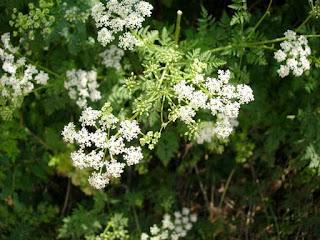Question: What kinds of carbohydrates are food we eat
Procedure: milk powder, coffee creamer, gold metal,flour maltose 1220 ice cream cone garlic crackers and we just added water in all of those and put iodine in one and benedict in the one
Test 1: Benedicts
1. Add your sample into a test tube
2. add Benedicts solution
3. Heat in a hot water bath
Test 2 : Iodine
1. add your sample to a test tube
2. add iodine
Carbohydrate Identification Lab Analysis Questions
Use your results from the carbohydrates identification lab and any notes or resources about carbohydrate to answer the following questions:
1. Name the three categories of carbohydrates studied in this investigation
Polysaccharide disaccharide and a monosaccharide
2. What three chemical elements are present in all carbohydrates
Carbon Hydrogen and oxygen
3. Give two examples each of the names of sugar molecules from our discussion or the textbook/online that are:
A: monosaccharides - glucose,fructose
B: Disacharides-sucose,jactose
C:polysaccharides-starch,glycogen
2: How many times larger is the number of hydrogen atoms than oxygen atoms:
a: water hydrogen-2 oxygen-1
b: carbohydrates? 2 times
3 "Mono means one, "di" means two, and "poly" means many. why are these terms used in describing the three types of sugars?
It means how many sugars are in it
6. How can you tell by using Benedicts and iodine solutions if a sugar is a
A: monosaccharide? Iodine-nothing benedict- turned green
B: Disaccharide ? Iodine-nothing benedict-same
C: Polysaccharide Iodine-black benedict-nothing
7. A certain sugar has no change in color when tested with benedicts solution
A. Can you tell what type of saccharide it is?- disaccharide and polysaccharide
B. Explain. Because our evidence shows that on our graphy poly reacts to iodine and di reacts to neither
8. A certain sugar has a color change in Benedict's solution
A. Can you tell what type of saccharide it is? yes
B. Explain. It is a monosaccharide because it turned yellow-green in the benedict
9. Give a examples of foods that contain
A. Monosaccharides-milk powder
B. Disaccharides-coffee creamer
C. Polysaccharides-gold medal flour
Claims: In this lab i thought that all of the colors would change colors when we have heated the liquids up and then add iodine i thought they would all stay the same but only had really changed a color
Reflection: nothing really changed colors in the lab but one tab and it went from light brown to darkish brown all of the other tabs stayed the same













